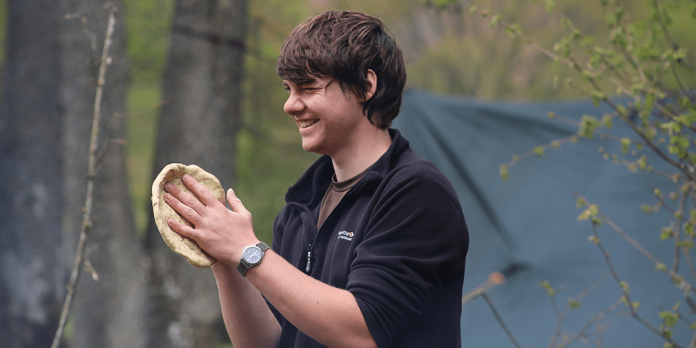Navigating without a compass is a crucial bushcraft skill that can significantly enhance your outdoor adventure capabilities. Whether you’re exploring remote areas, participating in survival training, or simply seeking a deeper connection with nature, mastering orienteering techniques can help you navigate effectively without relying on modern technology. This article explores essential bushcraft skills for orienteering and offers practical tips on how to find your way using natural methods.
The Importance of Navigating Without a Compass
Being able to navigate without a compass is a valuable skill that enhances your self-reliance and adaptability in the wild. By developing an understanding of natural navigation techniques, you can confidently find your way in various terrains and conditions. Learning these bushcraft skills not only prepares you for emergencies but also deepens your connection with the environment and improves your overall outdoor experience.
Key Techniques for Navigating Without a Compass
1. Using the Sun for Navigation
The sun is a reliable tool for orientation. Key techniques include:
- Sun Path: Understand the sun’s path across the sky. In the Northern Hemisphere, the sun rises in the east and sets in the west, with its highest point at solar noon.
- Shadow Method: Use a stick to cast a shadow on the ground. Mark the end of the shadow, wait 15-30 minutes, and mark the new position of the shadow’s end. The line between these two marks will run approximately east-west.
2. Using the Stars for Navigation
Stars can be used for nighttime navigation:
- North Star: In the Northern Hemisphere, locate the North Star (Polaris) by finding the Big Dipper constellation and following the line formed by the two stars at the end of the dipper’s bowl.
- Southern Cross: In the Southern Hemisphere, use the Southern Cross constellation to find the South Pole by extending the long axis of the cross.
3. Landmark Navigation
Landmark navigation involves using prominent features in the landscape:
- Identify Key Landmarks: Recognize and remember distinctive landmarks such as mountains, rivers, or rock formations.
- Route Planning: Plan your route based on these landmarks, and use them to verify your position as you travel.
4. Natural Indicators
Natural indicators can provide valuable navigational clues:
- Vegetation: Note changes in vegetation as you move. For example, dense forests may indicate lower elevations, while sparse vegetation might suggest higher ground.
- Animal Behavior: Observe animal movement patterns, as certain animals may follow specific trails or migrate in predictable patterns.
5. Using Maps and Terrain Features
If you have a map but no compass, use it in conjunction with terrain features:
- Map Reading: Align the map with the terrain by matching map features with those on the ground.
- Contour Lines: Understand contour lines on a topographic map to gauge elevation changes and landforms.
Tips for Effective Orienteering Without a Compass
- Practice Regularly: Spend time practicing these techniques to build confidence and accuracy.
- Learn the Basics: Familiarize yourself with basic navigation principles and the use of natural indicators.
- Plan Ahead: Before heading out, study your route and identify key landmarks and natural features.
- Stay Aware: Continuously monitor your surroundings and update your navigation strategy based on changing conditions.
Conclusion
Navigating without a compass is a fundamental bushcraft skill that enhances your ability to explore and survive in the wild. By mastering techniques such as using the sun and stars, leveraging natural indicators, and recognizing landmarks, you can confidently find your way and adapt to various environments. For a more comprehensive understanding of essential bushcraft skills, delve into additional resources and guides to further develop your orienteering abilities and outdoor expertise.

